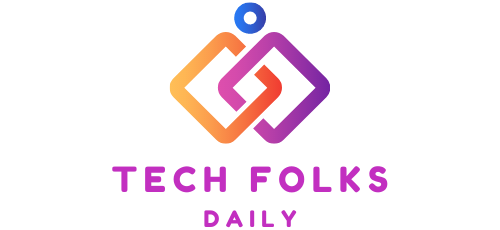Today, there is no doubt about the importance of sentiment analysis in social networks in the Tourism sector. Through this analysis, it is possible to automatically classify the positive, negative, and neutral comments written by tourists on social networks and other platforms.
Analyzing these comments related to tourism brings some clear benefits to organizations in this sector.
Huge amounts of opinions on tourism are poured daily, a sector highly influenced at the business level by the assessments that tourists provide, often in real-time, of their experience in hotels, tourist attractions, cultural visits, etc.
Do you check your opinions on social networks when preparing for your trip? Do you upload photos to Instagram when you are on vacation? Do you rate the hotel where you have been through Facebook? Do you report any issues via Twitter? -Surely, you have answered affirmatively to most of these questions.
The usefulness of sentiment analysis in RRSS for institutions
Among the entities closest to the Tourism sector, besides hotels, restaurants, etc., are the municipalities. It would help if you took advantage of active listening on social networks.
Data analysis can help these institutions to detect brand strengths, take advantage of opportunities, improve services, or redefine marketing campaigns.
Tourist attention
Social networks and other digital channels are meeting points between institutions and tourists, and, in many cases, they also function as customer service.
Many of the town halls in Spain use a channel on social networks to promote the tourist value or the city’s activities. Through these channels, tourists and visitors to the city can provide their comments, which the institution can answer through the same channel.
Thus, the social networks of a town hall can function as customer service, answering comments, and resolving doubts from visitors.
brand reputation
The information published concerning tourism by other entities, travelers, or the citizens themselves is a measure of the reputation of the services offered to the visitor of a city since our opinion and action is conditioned by that of other people.
This translates into more visits to the area, the preference for one hotel over another, knowledge of certain cultural activities, and ignorance of others.
Example of sentiment analysis in RRSS
With the following examples, we can see the importance of analyzing the opinions of travelers and tourists on social media and the sentiment that exists in these opinions:
positive feelings
This weekend I’m going to Madrid, and I’m super excited to leave Avilés even for a few days (positive comment towards Madrid)
Good morning from #NewYork! It is 08:30 a.m. The beds in this hotel are #gloria, hahaha it’s like sleeping on a cloud. (positive comment towards the comfort of the hotel)
negative feelings
I am sorry to say that the Hotel Natali in Torremolinos where includes all the retirees of shame and is a shame for dirty and bad eating. (negative comment about cleanliness and services)
Analyze and monitor the opinions of tourists in RRSS.
The analysis and monitoring tools help you find out in real time what is happening on the networks: what opinions tourists have about a city, museum, or tourist visit, how tourism is positioned in a city compared to other cities, the competition, and what actions we have to carry out to attract more tourism and, once there, achieve better service to the traveler.
Tools like Lynguo use Natural Language Processing (NLP) technologies to carry out this sentiment analysis and have a linguistic engine capable of accurately analyzing natural language in English and Spanish through a complete morphological, syntactic, and semantic analysis.
Also Read : Email marketing For E-commerce: 4 tips To Involve Your Customers And Not Be Considered Spam




